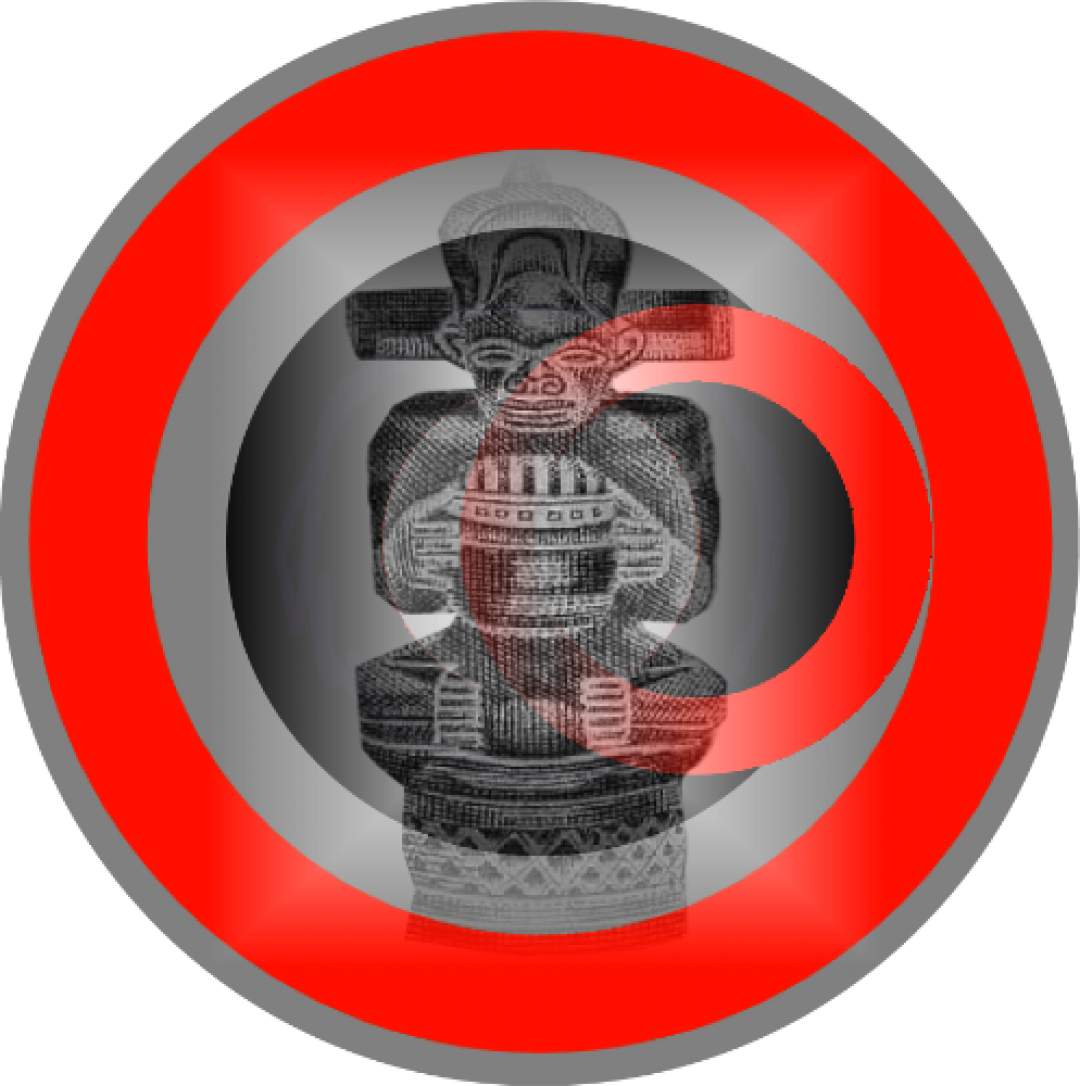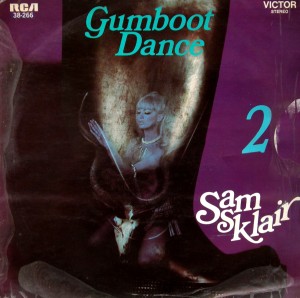 By the dawn of the 1960’s the impact of Zulu music and their culture had reached a worldwide audience, with the release of movies like ‘Zulu’ and popular records that incorporated some of the essential African elements without giving credits to the originals. Think of ‘Wimoweh/The Lion Sleeps Tonight’ and the picture becomes clear.
By the dawn of the 1960’s the impact of Zulu music and their culture had reached a worldwide audience, with the release of movies like ‘Zulu’ and popular records that incorporated some of the essential African elements without giving credits to the originals. Think of ‘Wimoweh/The Lion Sleeps Tonight’ and the picture becomes clear.
The banner ‘Zulu’ was merely added for commercial purposes and served the entertainment industry like a watered down, bleached version of a Zulu original. Now here is a collection of records, all with a Zulu-theme, released in the 60’s and mostly produced in South Africa. Music that is galaxies away from the real thing but still worthwile in its own right.

the soundtrack from the epic 1964 movie ‘Zulu’ by John Barry, directed by Cy Endfield and starring Michael Caine, Stanley Baker and Jack Hawkins.
John Barry Zulu OST -Stamp & Shake
John Barry Zulu OST -The Monkey Feathers
A selection of Zulu Stamps are found on the B-Side of the soundtrack LP. These Zulu Stamps stem from an idea by actor Stanley Baker and are actually pop-reworkings of some of the main themes that Baker and director Cy Endfield thought would be a good commercial move to release.
If you are drawn to this disc with hopes of hearing any of the Zulu warriors singing as they gather for battle you will not find any such tracks here. The Zulu Stamps are amusing though and entertaining. Later to be released as part of The John Barry Seven catalog.

in 1964 the Zulu Stamps were re-created by The Monkey Feathers, a Jo’Burg studio group that launched a new dance craze ‘The Zulu Stamp’. The titles on this EP are a bit more rough than the Barry OST originals although they stay close to those arrangements , adding a touch of Shadows, stomping with additional Zulu vocals.

The Monkey Feathers -Big Shield
The Monkey Feathers -Zulu Maid

The Shangaans -Liwa Wechi
‘Liwa Wechi’ is the missing link between African tribe music and the Western world. Sounds like The Yardbirds with Shaka Zulu as lead singer.

The Petersen Brothers belong to one of the oldest theatrical families in South Africa, and are really brothers. The Three Petersen Brothers are versatile and polished artists, and have appeared on stage, in variety and as cabaret artists in every major town in South Africa, in addition to regular radio programmes. With the presentation of ‘On Safari’, their first LP recording, The Three Petersen Brothers invite the listener to go on a musical Safari through Africa. Through the hills and valleys of Zululand one can hear a song like ‘Fanagalo’, originally a hit for The Woody Woodpeckers or dance to ‘The Joh’burg Samba’ before packing bags to journey into a lovely valley in ‘Pondoland’.
The Petersen Brothers -Fanagalo
The Petersen Brothers -Joh’burg Samba
The Petersen Brothers -Pondoland

Joseph Marais, who had a popular radio show ‘African Trek’ reviews some of the folk songs of South Africa and drastically re-writes the original lyrics of ‘The Zulu Warrior’, a tradional Zulu war cry. This war cry was first adopted by South African Forces during Word War 2 and the conviviality that usually accompanied its singing in various canteens throughout the world, popularized it with American G.I.’s. Many US veterans will testify to the fact that ‘I-Zig-A-Zimba…hold ’em down you Zulu Warrior’ climaxed many a boisterous evening spent in the company of their South African comrades-in-arms.
Joseph Marais & Miranda -The Zulu Warrior
Now hear the same song in the version by Sam Sklair, South African composer and conductor who scored many film, radio and television documentaries. In addition to arranging and conducting this happy blend of Africa and the West, Sam himself plays all the African instruments on these tunes. See also my previous post on ‘Gumboot dances’ by Sam Sklair.
Sam Sklair -The Zulu Warrior








 thanks to our friends at
thanks to our friends at  Sam Sklair certainly deserves his title as ‘Bleached Zulu’ for he not only re-worked traditional Zulu and other South African songs into pop charting material in the 60’s and 70’s but he was also composing for TV and movies with an African theme.
Sam Sklair certainly deserves his title as ‘Bleached Zulu’ for he not only re-worked traditional Zulu and other South African songs into pop charting material in the 60’s and 70’s but he was also composing for TV and movies with an African theme.














